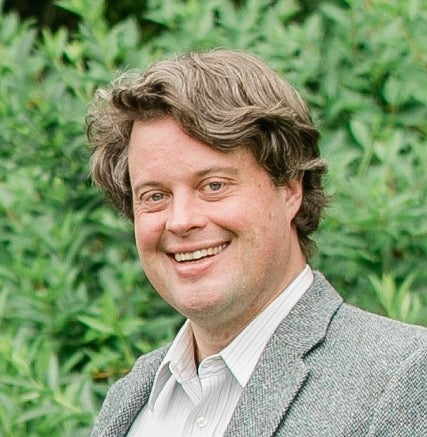Michael Bacon

Re-Assembling Community: Landscape, Commons, and Local Facts in Scottish Community Land Ownership
Community buyouts in Scotland arose in the early 1990s, driven by a grassroots movement of residents of large estates in the Scottish Highland and Islands who were unhappy with management practices and neglect under private ownership. The movement grew in popularity as new buyouts received state legal and financial support. Estates that transitioned to community ownership have, on the whole, achieved greater success in retaining younger residents, developing renewable energy projects, and growing new businesses on their estates. Current research lacks a strong model for explaining why community ownership has been successful, as well as why some community trusts have faltered or failed to connect with subsets of the residential population.
This study interrogates the dynamics that emerge from community ownership at the points at which the human population interacts with the landscape. This work establishes a theoretical framework which builds upon feminist geographies, commons theory, and science and technology studies to propose a model of community dynamics that can produce large changes in outcomes under community ownership. This model of community centers around a "binding commons," or common property arrangement within a community which both shapes the form of community and is shaped by it. To ground this in empirical work, I use landscape inventory methods to locate sites of strong activity, tension, or importance on or near community-owned estates. Drawing on these results, I focus on small community shops on each estate. Interview data demonstrate how by acting as a binding commons, each shop produces a form of community infrastructure which facilitates the provision of work and information needs across the community.
In turn, this model helps make sense of the dynamics which arose while managing community-owned assets, as presented by current and former trust leaders in multiple narratives in their encounters with difficult projects or questions. These accounts also demonstrate that the specific structures and forms of attachment to binding commons may result in unequal empowerment of community members. From these narratives, I demonstrate how community infrastructure provides valuable mediation and provision of work and information. I then offer a discussion of how the binding commons model illuminates relationality between human and non-human members of the community and the landscape, and use this illumination to address the awkwardness of decolonization in the context of land reform in rural Scotland.
